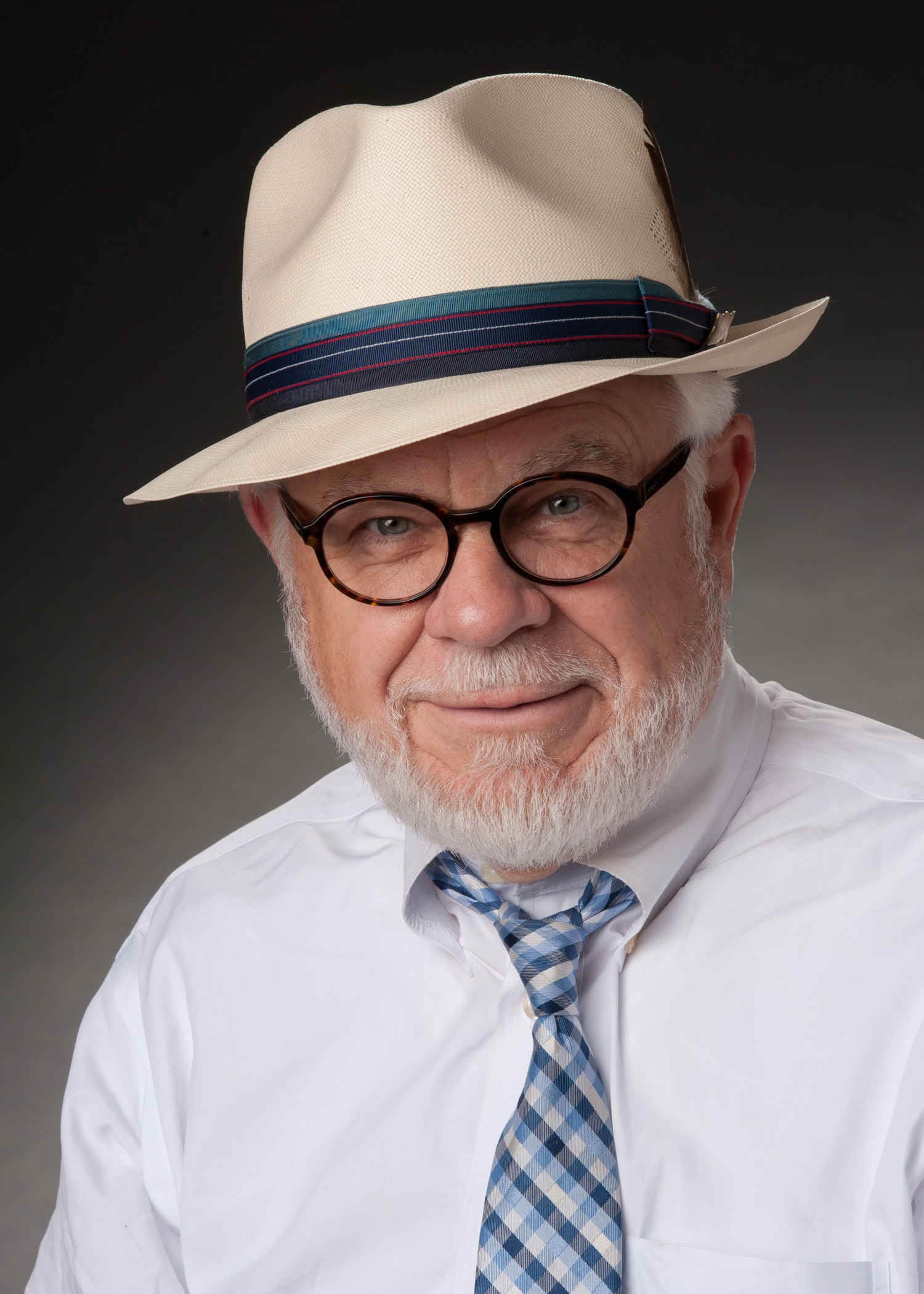Simply put, that Shreveport voters had very little consensus.
Incumbent mayor Ollie Tyler only received 24 % of the mayoral vote. Adrian Perkins polled the highest percentage at 29%. The other eight candidates split 47% of the vote.
Most politicos think Perkins will win the December 8 election. The question most often debated is how much his anticipated margin of victory will be.
Only two of the six contested City Council seats were decided.
Incumbent James Flurry won a second term. Incumbent Stephanie Lynch was defeated.
Incumbent council member Willie Bradford is in a run-off.
The three open, i.e. no incumbent , seats will be decided in the December 8 run-off election.
Bradford, District A councilman, will be in a run-off with Rose McCullough Wilson. In the primary he polled 44% of the votes and Wilson had 31%. Bradford is favored to retain his seat. Bradford defeated Wilson in a 2014 run-off.
Incumbent District F representative Lynch was defeated by Rev. James E. Green by a 53% to 47% margin. In 2014 Lynch won the seat outright in the primary with 53% of the vote; Green had 43%.
As expected, Council District B will be a runoff between Democratic Levette Fuller and Republican Wendy Vance. Fuller polled 45% to Vance’s 22% in the primary. Fuller will probably win the run off in a district that has a very heavy Democrat voter base.
District C will also have a runoff between two Republicans. John Nichelson gained 45% to Patrick Kireton’s 35% in the primary. Although Nichelson raised more $40,000, his margin of victory casts some doubt as to who will be elected in December.
The other candidate in the District C race was Joseph Carstensen, a no party candidate. He polled 19% of the vote despite the fact he did no campaigning.
Grayson Boucher (Republican) and Versa “V.D.” Clark (Democrat) will square off in a District D run-off. Boucher had 38% of the vote and Clark 23%. This District is heavily Republican and Boucher is expected to win the seat.
Joey Hester, a Republican, missed the run-off in District D by a scant 39 votes. Hester conducted a social media campaign only.
And in District E, a no name 19 year old Democrat (Quinton Aught) almost unseated the incumbent Flurry, who campaigned heavily. Apparently many District E voters either pulled the first lever or just voted for a Democrat with no consideration of qualifications.
Voter turn out is always critical in an election. This is especially true in run-off race.
Over 48% of Shreveport voters actually voted for mayor in the primary. This turnout was probably influenced by the congressional race on the ballot.
Additionally, all the national publicity on the mid-term elections likely influenced voter awareness of the election. The heavy television advertising for the Texas U.S. Senate race may have had a factor as well.
The general election ballot on December 8 will not have any federal elections.
The only state election is the Secretary of State, which could be surprising since Gwen Collins-Greenup finished second while only spending $1500. Obviously social media and cell phone texting played a major major role in her campaign.
Other than the mayor, there are no city wide votes on the ballot. In four of the seven Council districts there will be races that could attract voters.
Negative factors for voter turnout can be winter weather, the various hunting seasons, college football games, and of course Christmas shopping. To say guessing the voter turnout on December 8 will be a real “crap shoot” that could lead to unexpected consequences.
The make-up of the next Council will most likely be the first black majority Council under the mayor council form of government. The party affiliation will likely be 4 Democrats and 3 Republicans.
(This article was published in The Forum on Wednesday, November 14, 2018)
